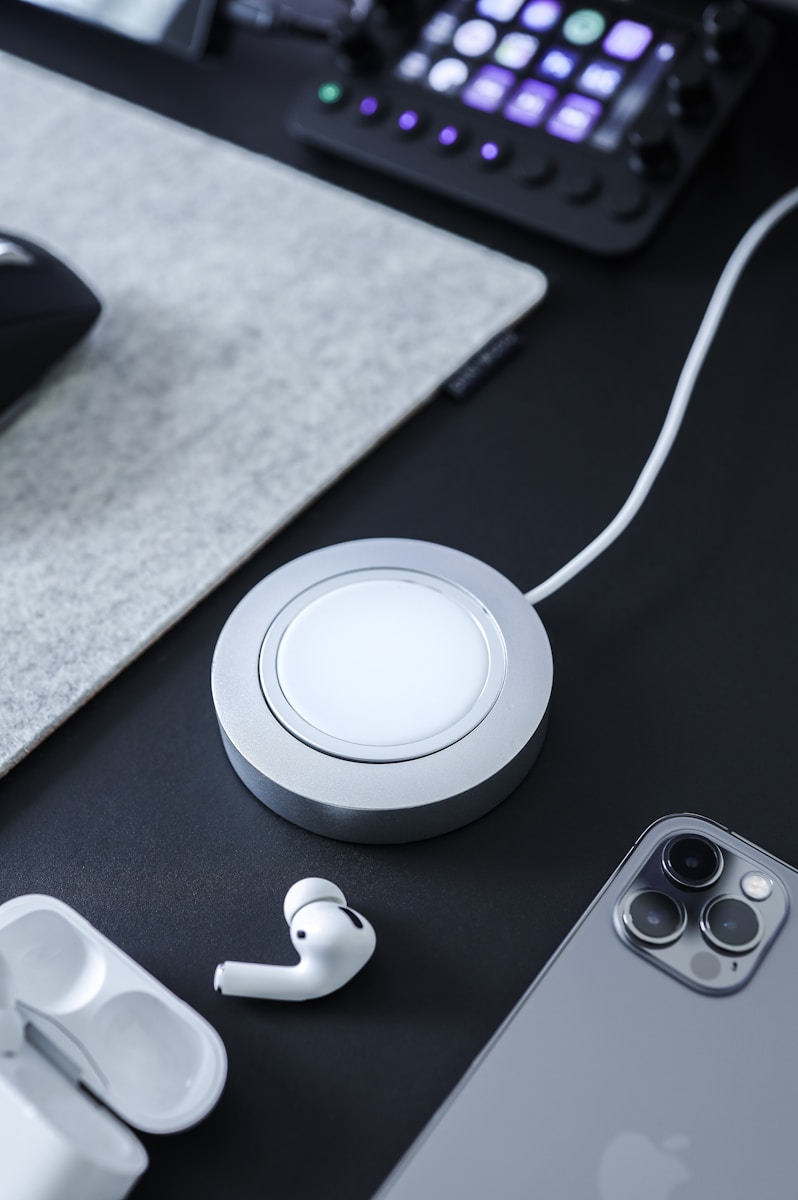We have all used wireless chargers at least once in our lives to charge a phone or other device. But have you ever wondered how they work? In this article, you will learn about the science behind the wireless charger, but first a little history behind the wireless charger. The concept of powering items wirelessly has been around since the late 19th century when Nikola Tesla experimented with wireless power transmission. When Nikola Tesla experimented with this technology, there were no practical uses for it, but now it has changed, and wireless charging is used for many things.
There are 2 types of wireless charging methods. One of them is called resonant, and the other type of charging is called inductive charging. Inductive charging requires the device that is being charged to touch the wireless charger. Inductive charging works when a transmitter coil in the charging pad sends out a signal that looks for a receiver coil that is in wireless charging compatible devices. After the charging pad finds a compatible device, the electricity inside the transmitter coil starts to move. This movement of the electricity creates a magnetic field which is sensed by the electricity in the receiver coil. This causes the electricity in the receiver coil to move around, effectively charging your device.
Meanwhile, resonant charging requires the device to be in proximity to a charging station. Resonant charging uses an oscillating coil to create an oscillating electromagnetic field. A second coil found in the device that has the same resonant frequency receives power that it uses to turn into electricity to charge devices. Resonant chargers allow the user to not have to place their device perfectly on the charging pad to charge, and you can instead place the device somewhere close not to the charging pad.
Related Stories:
https://www.bebat.be/en/blog/wireless-charging
https://www.rokform.com/blogs/rokform-blog/the-pros-and-cons-of-wireless-charging
https://www.xfinity.com/hub/mobile/pros-cons-wireless-phone-charging
https://www.verizon.com/articles/how-does-wireless-charging-work/
Take Action:
https://www.amazon.com/wireless-charger/s?k=wireless+charger






